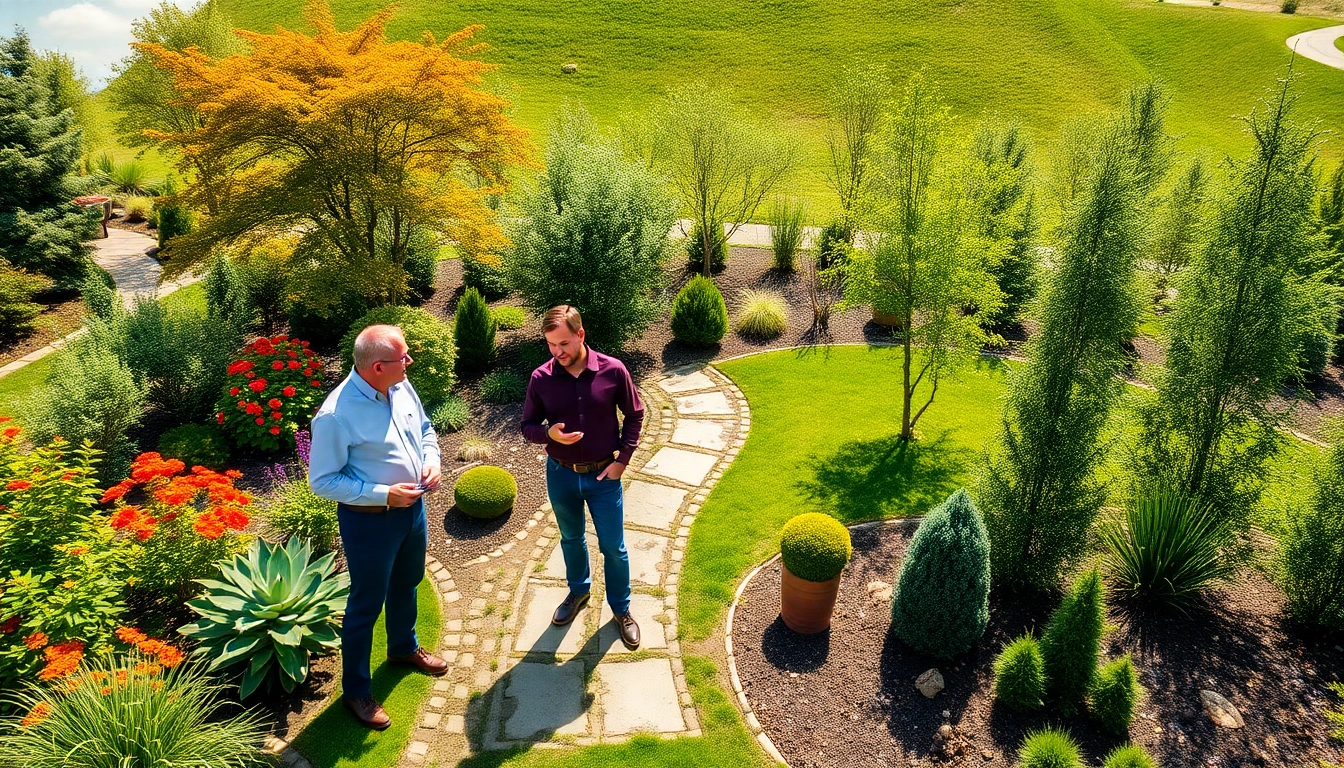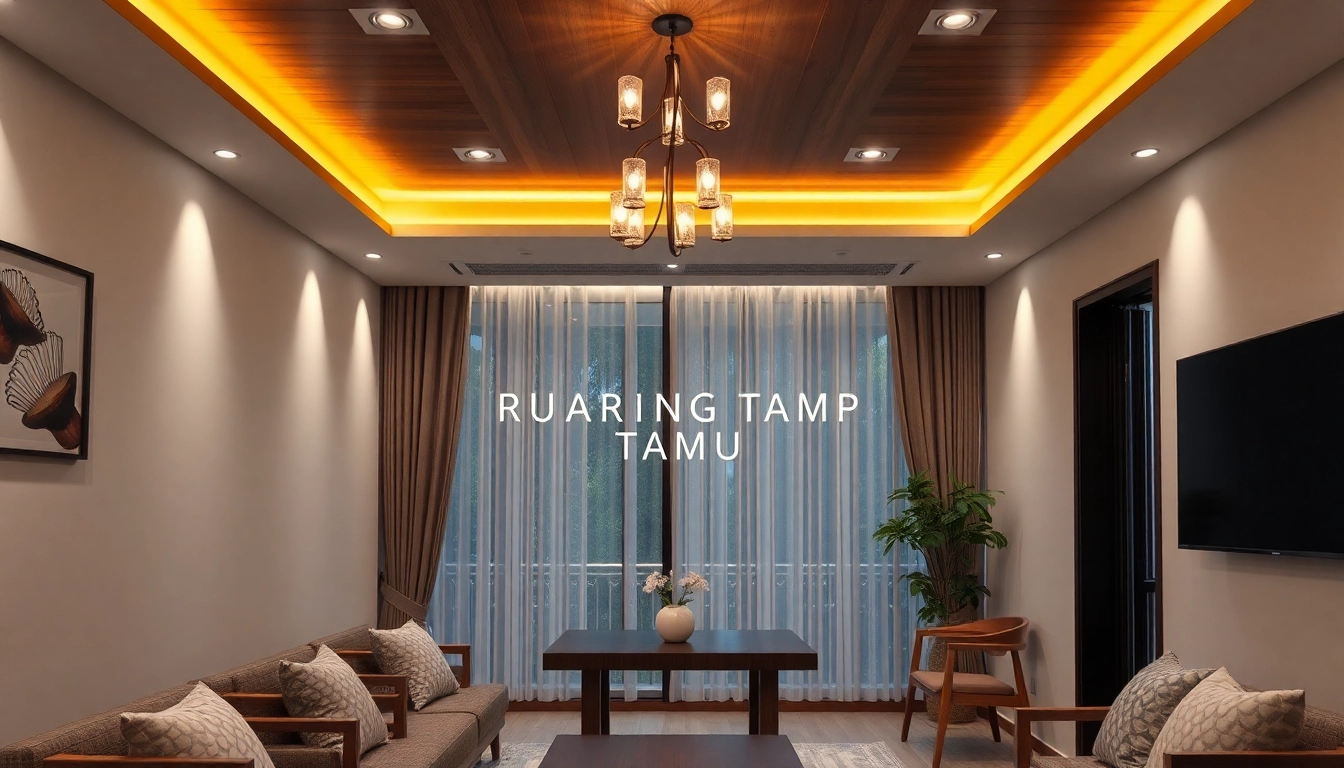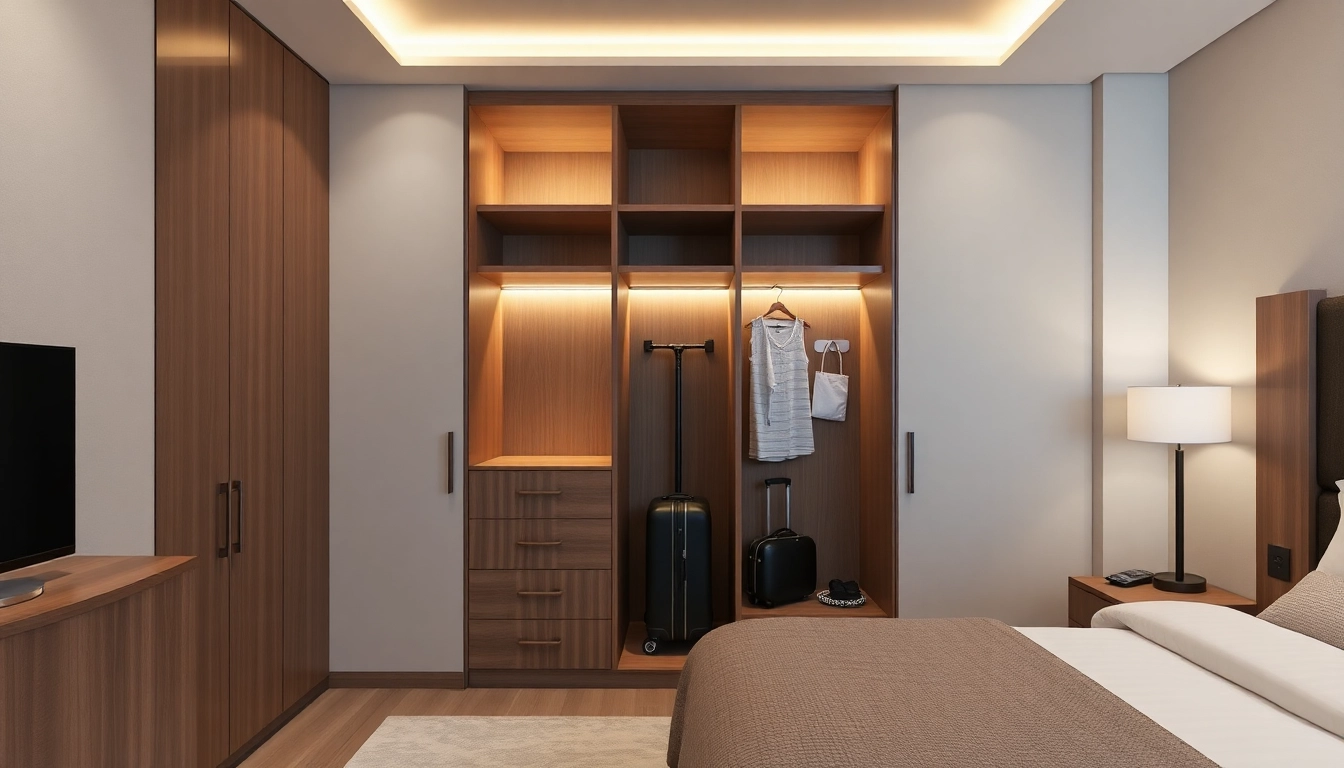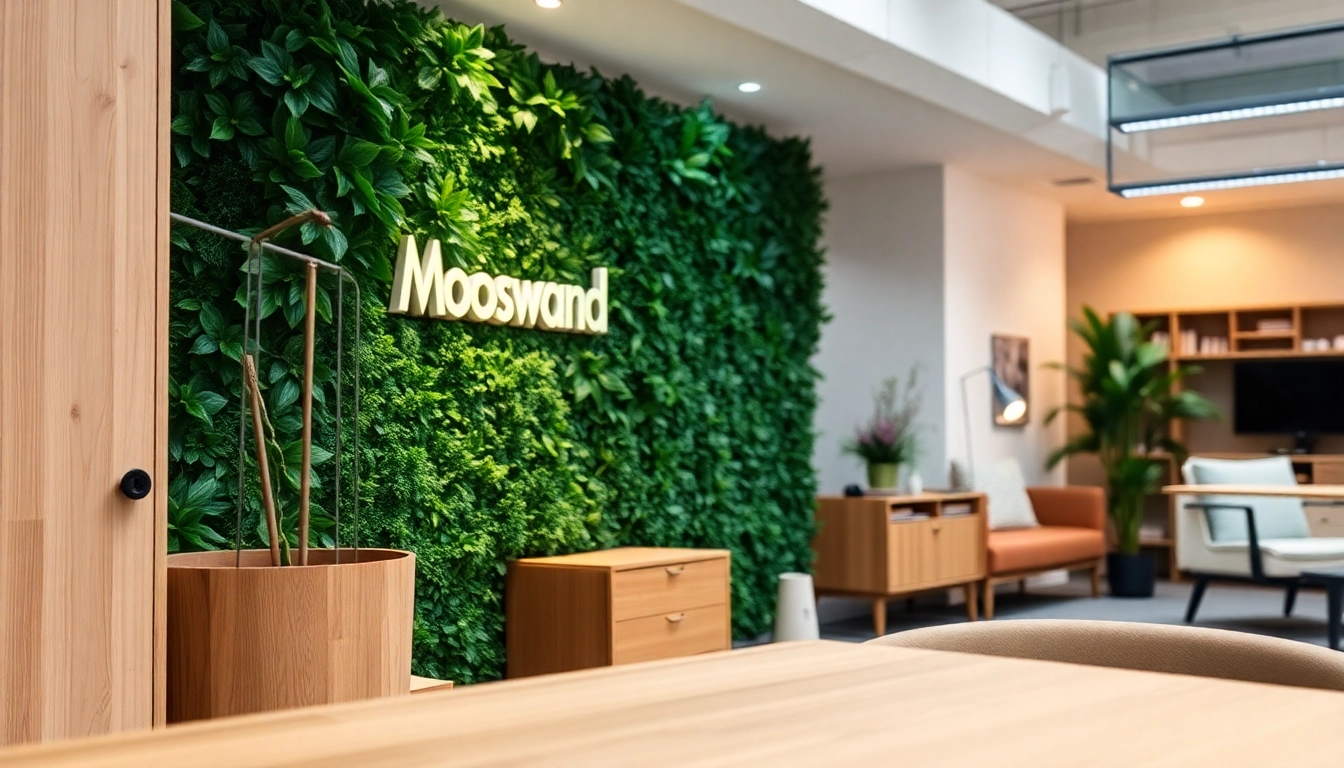When planning your outdoor project, understanding landscaping company pricing is paramount. Many homeowners find themselves overwhelmed with options, ranging from landscaping design to maintenance and installation. Prices can vary significantly based on different factors such as location, the complexity of the project, materials used, and the experience of the landscapers. In this article, we will explore the intricate details of landscaping pricing structures, shedding light on what to expect when budgeting for your outdoor endeavors.
Understanding Landscaping Company Pricing Structures
Factors Influencing Pricing in Landscape Design
Several factors impact the pricing structure of landscaping services. Understanding these factors can help you make informed decisions and manage your expectations. Here are some key elements to consider:
- Project Complexity: Simpler designs might cost less, whereas intricate projects involving multiple elements like water features or complex hardscapes will increase costs.
- Geographic Location: Landscaping prices can fluctuate based on regional variables such as the cost of living, availability of materials, and local labor rates.
- Type of Services Offered: Different services come at varying price points. Design, installation, and maintenance services all have distinct costs associated with them.
- Seasonal Demand: Demand for landscaping services often peaks during spring and summer, potentially escalating prices due to increased competition.
- Landscaper’s Reputation and Experience: Highly-rated professionals or specialized companies may charge more due to their expertise and proven results.
Comparing Hourly Rates vs. Project-Based Pricing
When it comes to pricing, landscaping companies may offer two primary billing structures: hourly rates and project-based prices. Understanding the pros and cons of each can aid you in making a choice that suits your needs and budget.
- Hourly Rates: Some landscapers charge by the hour, which may benefit smaller projects or when the scope of work is uncertain. However, this method requires careful tracking of time to avoid unexpected costs.
- Project-Based Pricing: More commonly, landscapers provide a flat rate for projects. This pricing method is often preferred for larger projects since it provides a clear budget upfront, allowing homeowners to save on costs if the project is completed efficiently.
Importance of Materials in Pricing
The choice of materials significantly affects landscaping pricing. From the plants selected to the hardscape components, here’s a closer look at how materials influence overall costs:
- Plant Selection: The type of plants used—native species or exotic varieties—can vary tremendously in price, impacting the overall project cost.
- Hardscape Materials: The use of stone, pavers, or concrete will also contribute to the total expenses. High-quality materials may last longer and reduce maintenance costs over time.
- Soil and Mulch: Often overlooked, the quality of soil and the amount of mulch can add to expenses but is critical for plant health and longevity.
Cost Breakdown of Common Landscaping Services
Design Consultation Fees and What to Expect
When you engage a landscaping company, initial consultations typically come with a fee. Here’s what you should expect:
- Hourly Consultation Fees: Most companies charge an hourly rate for design consultations, which may range from $50 to $200, depending on the expert’s experience.
- Flat-Rate Design Fees: Some companies offer a flat price for comprehensive design services, which can be beneficial if you opt for a complex project requiring extensive planning.
Installation Costs: Plants, Hardscapes, and More
Installation costs are generally the most significant component of landscaping expenses. Here’s a summary of different installation aspects:
- Plant Installation: Prices can range from $200 to $600 on average for plant installations, depending on the types and quantities of plants used.
- Hardscape Installation: This can include patios, walkways, or retaining walls, which may vary widely from $10 to $30 per square foot.
- Water Features: Installing fountains or ponds can cost anywhere from $1,500 to over $10,000, based on complexity and size.
Maintenance Packages and Their Pricing Models
After installation, ongoing maintenance is crucial for keeping your landscape healthy and thriving. Landscaping companies typically offer various maintenance packages:
- Basic Maintenance: This may include mowing, trimming, and seasonal planting, generally costing around $50 to $150 per visit.
- Comprehensive Programs: More extensive packages that cover irrigation, pest control, and soil improvement can run from $200 to $500 or more monthly.
- Custom Packages: Many companies allow you to tailor your maintenance services to fit your specific needs and budget, providing flexibility.
Average Landscaping Company Pricing in Your Area
Regional Pricing Variations and Trends
Pricing for landscaping services can vary greatly based on geographical location. Here’s how you can understand regional differences:
- Cost of Living: Urban areas tend to see higher rates due to increased demand and higher overhead costs, while rural locations may offer more competitive pricing.
- Local Market Dynamics: The number of competitors in your area can drive prices down or up, depending on the competition level.
- Climate Considerations: Regions with varying climates may also dictate what types of plants are available and at what cost.
How Seasonal Changes Affect Landscaping Costs
Seasonal changes can significantly influence landscaping prices. Here’s how:
- Spring Surge: This season usually sees increased demand for landscaping services, leading to a rise in prices.
- Winter Dormancy: In colder climates, landscaping may slow down, lowering costs as fewer people seek services.
Understanding Local Tax and Permit Fees
Before commencing landscaping work, it’s important to factor in local taxes and permit fees that can affect your total budget:
- Permit Fees: Depending on your locality, obtaining a permit may incur additional costs, especially for extensive landscaping work.
- Sales Tax: Some regions may impose sales tax on materials and services, which can add to your final price significantly.
Tips for Seeking Competitive Landscaping Company Pricing
Three Key Questions to Ask Your Landscaping Professional
To ensure competitive pricing and high-quality service, here are three critical questions to ask your landscaping contractor:
- What services are included in your quoted price? Get clarity on what is and isn’t included to avoid hidden costs.
- Can you provide references or examples of past work? This can help you gauge the quality of their work and ensure you’re getting value.
- Do you have insurance and necessary licenses? Make sure they meet local regulations and are covered in case of accidents.
Negotiating Prices Without Compromising Quality
Negotiation is an essential part of securing landscaping services. Consider these strategies:
- Be Honest About Your Budget: Communicate your budget constraints clearly, as many companies are willing to work within your range.
- Offer to Pay in Full: In some cases, offering to pay upfront may result in a discount.
- Seek Package Deals: Combining services (like design and installation) can yield cost savings.
When to Get Multiple Quotes for Best Value
Obtaining multiple quotes is one of the best practices to ensure you are getting value for your money:
- For Large Projects: When undertaking a significant landscape renovation or installation, it’s prudent to have at least three quotes.
- When Exploring New Services: If you’re considering a new service or provider, gather multiple opinions to compare pricing and quality.
Evaluating Value Beyond Just Landscaping Company Pricing
Assessing Quality of Work Against Pricing
While pricing is essential, it should not be the only metric to determine value. Here are criteria to consider when assessing the quality of work:
- Durability and Longevity: Higher upfront costs for quality materials and labor often result in lower long-term maintenance costs.
- Warranty on Work: Landscaping projects that come with warranties ensure your investment has a safety net.
Understanding Long-Term Benefits and Cost Savings
Investing in quality landscaping can provide long-term value:
- Increased Property Value: Professionally landscaped properties often experience a boost in market value, making it a worthwhile investment.
- Enhanced Outdoor Functionality: A well-designed landscape can improve how you use your outdoor space, providing enjoyment for years to come.
Customer Reviews: How They Confirm Value and Pricing
Customer reviews can provide insight into alongside pricing. Pay close attention to:
- Overall Satisfaction: What do past clients say about their experiences? Strong reviews can validate pricing structures.
- Follow-Up and Customer Service: Check if companies maintain relationships with clients post-project. Quality service often speaks volumes more than price alone.



